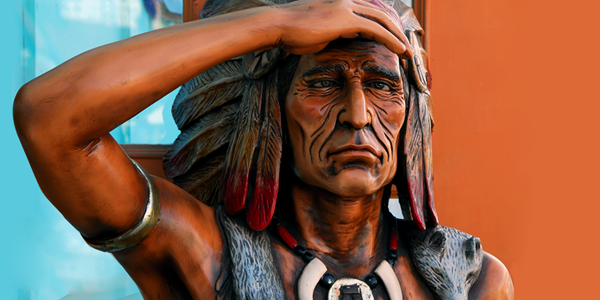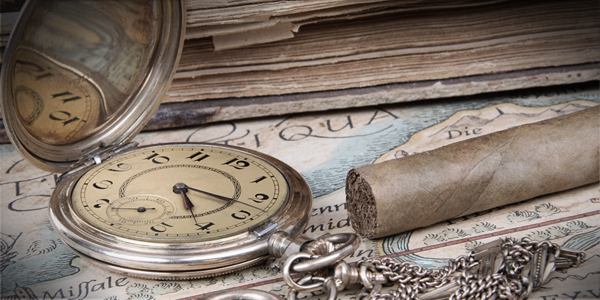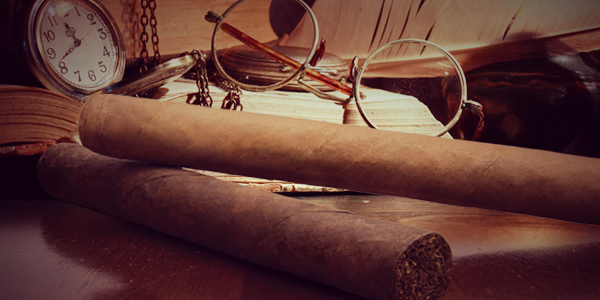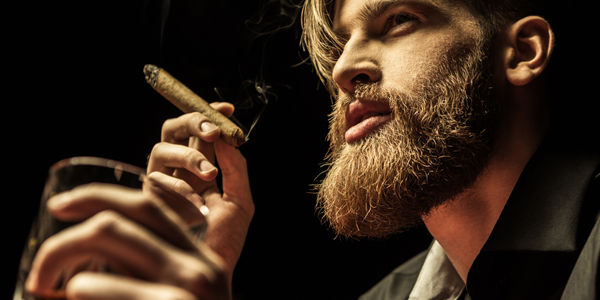History of Cigar Store Indians
You don’t see it quite as much as you used to, but every now and then there’s a wooden statue of an “Indian” holding a bundle of cigars, and the statue is standing outside a tobacco shop. You can still see one in Beverly Hills and one in Charlotte, North Carolina. But who’s counting. The real question is, why? Why is a likeness of a Native American being used to indicate that through these doors there are delicious cigars? Read on and learn!
Stereotype
First, let’s be clear. These days, the use of a cigar store Indian is about as politically acceptable as calling a Washington, DC, football team, uh, well, you know. Many Native Americans view the use of cigar store Indians as the equivalent of African-American lawn jockeys. So, little wonder that you see fewer and fewer, but kind of puzzling why you see any at all.
History
The same way a barber pole, with its multicolored stripes, indicates that you are at a barber shop, in the 17th century, the cigar store Indians came to represent to a largely illiterate population that a tobacco shop was in that spot. Tobacco companies would often supply the statues as incentives to merchants to buy products.
The American Indians – and we’re talking about America in the larger, continental sense – were widely understood to have introduced Europeans to tobacco. If you also look at old cigar boxes, you’ll find many images of Native Americans on them, as well as names like “Hiawatha,” “Cherokee Maid,” and “Indian Pride.” Curiously, the Native American cigar statues, because European carvers had never seen any Native Americans, were generally black in color (some actually made of cast iron). They more resembled Africans with feathers in their headdresses. As time passed, the statues began to look more like Native Americans and, when the use of these statues arrived in the Americas in the late 18th century, they had become more “Indian.”
Fading Away
Prior to society becoming more considerate about such matters, cigar store Indians became less and less prevalent because of sidewalk obstruction laws, as well as the cost of making the statues. Also contributing to their demise were restrictions on tobacco advertising and a nascent sensitivity towards the depictions of Native Americans. Today, viewed mostly as folk art, these statues are found mostly in museums and antique shops.







